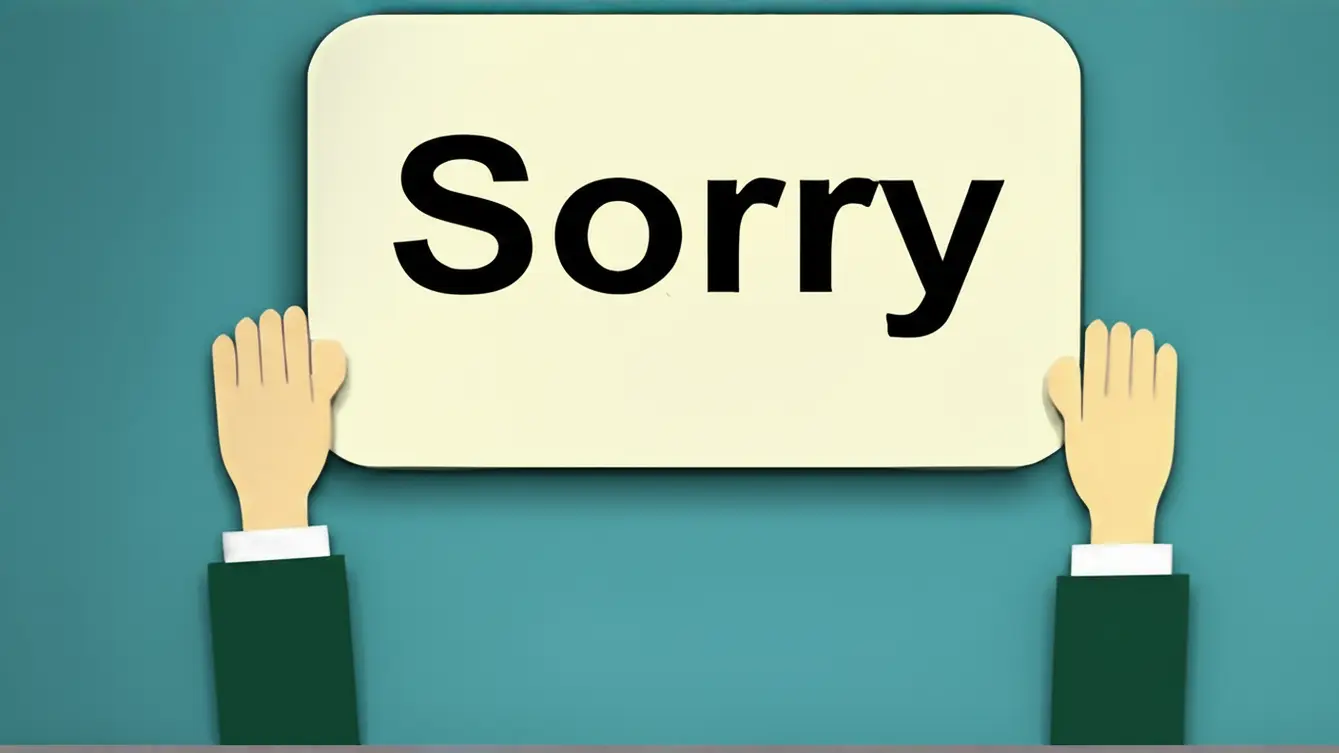Author: Aditya Pareek | EQMint | Original Article
A new wave of marketing has taken over Indian social media feeds — and it’s not driven by controversy, crisis, or customer outrage. Instead, brands across the country are apologising for something entirely different: being “too good.”
What began as a humorous, tongue-in-cheek content format has now evolved into a full-blown marketing trend. From consumer goods and tech startups to fashion labels and food chains, companies are posting creative “We Apologise For…” messages to highlight their strengths in a way that feels fresh, ironic, and highly shareable. And most importantly, it’s working — these posts are trending, sparking engagement, and bringing brands closer to their audiences.
A Trend Born in the Age of Attention Economy
With social media timelines overflowing with ads, announcements, and influencer collaborations, brands face the challenge of standing out without appearing pushy or overly self-promotional. The “apology trend” cleverly solves that problem.
Instead of bragging directly about achievements, product quality, or customer experience, brands frame their strengths as flaws to apologising for — creating a playful reversal that instantly grabs attention.
For example, food brands subtly apologising for being “too tasty,” real estate companies apologise for “making neighbours jealous,” and tech startups apologising for “building tools so smooth that competitors panic.” The tone is humorous, light, and intentionally exaggerated, making audiences pause, smile, and engage.
Why Are Brands Apologising? The Psychology Behind It
Marketing experts point to multiple reasons for the trend’s success:
1. Irony sells.
Digital audiences, especially Gen Z and millennials, respond positively to self-aware, humorous brand communication. The more unexpected the angle, the higher the engagement.
2. Bragging without bragging.
Instead of making direct claims, brands wrap product strengths inside an apologising video — which feels softer, cleverer, and more relatable.
3. Shareability.
These posts are easily remixable. Users create their own versions, leading to organic virality.
4. Low-cost, high-impact marketing.
In a world of expensive influencer marketing and ad spends, the apology trend offers brands a simple format that delivers major reach at minimal cost.
5. Humanising the brand.
By using humour, brands appear approachable and confident — qualities today’s customers appreciate.
How Indian Brands Are Leveraging the Trend
The format has become so popular that even traditionally conservative industries — like finance and infrastructure — are experimenting with it. Startups in logistics, hospitality, home appliances, interiors, and FMCG have jumped in, each giving the apology a unique twist.
Brands are using it to highlight:
- Quality
- Innovation
- Customer satisfaction
- Speed of service
- Better pricing
- Sustainability
- Technology superiority
A sustainability company may apologise for “cleaning too much waste,” while a fintech app may apologise for “making money transfers too effortless.”
The creative room is endless — and that’s why marketers love it.
The Rise of Conversational Marketing
This trend reflects a deeper shift in Indian advertising: a move toward conversational, meme-driven communication.
Instead of polished, formal brand messaging, companies are adopting:
- Internet humour
- Pop-culture references
- Irony
- Light-hearted self-deprecation
- Relatable exaggeration
These formats are native to digital culture, making branded content feel less like an ad and more like a post you’d see from a witty friend.
But Does It Actually Work?
Marketing analysts say yes — with some caveats.
Higher engagement
Brands report spikes in shares, comments, and saves when using the apology format.
Increased visibility
Posts often trend on Instagram and LinkedIn, boosting brand recall among new audiences.
Better positioning
The apology format subtly reinforces what makes a brand special or better than competitors.
However…
Experts warn against overusing the trend. If every post becomes an apology, the format may lose charm or appear forced. Authenticity and context remain crucial.
The Future of the Apologising Trend
While trends fade, their impact often shapes future strategies.
Marketers predict this format may evolve into:
- Satirical “thank you” notes
- Reverse-psychology product announcements
- Meme-led storytelling around brand attributes
- Self-aware brand-subculture building
Given India’s rapidly growing digital audience and the popularity of humour-first content, brands that master playful communication will continue to win attention.
Conclusion: A Trend That Reflects Modern Branding
The “apologising for being too good” trend perfectly captures the pulse of India’s digital-first, meme-driven consumer culture. It proves that customers today appreciate creativity over corporate fluff, humour over hard-selling, and authenticity over outdated advertising scripts.
As long as Indian brands continue to embrace smart, witty communication — trends like these will not only go viral but also reshape how companies build trust and identity in the attention economy.
For more such information visit EQMint
Disclaimer: This article is based on information available from public sources. It has not been reported by EQMint journalists. EQMint has compiled and presented the content for informational purposes only and does not guarantee its accuracy or completeness. Readers are advised to verify details independently before relying on them.



